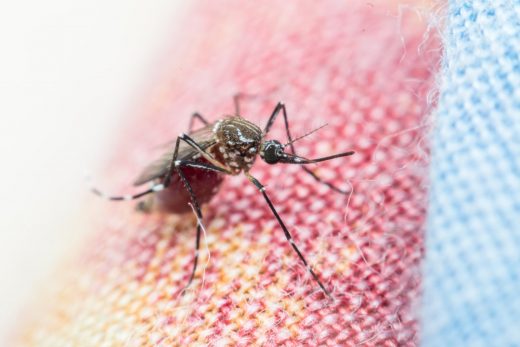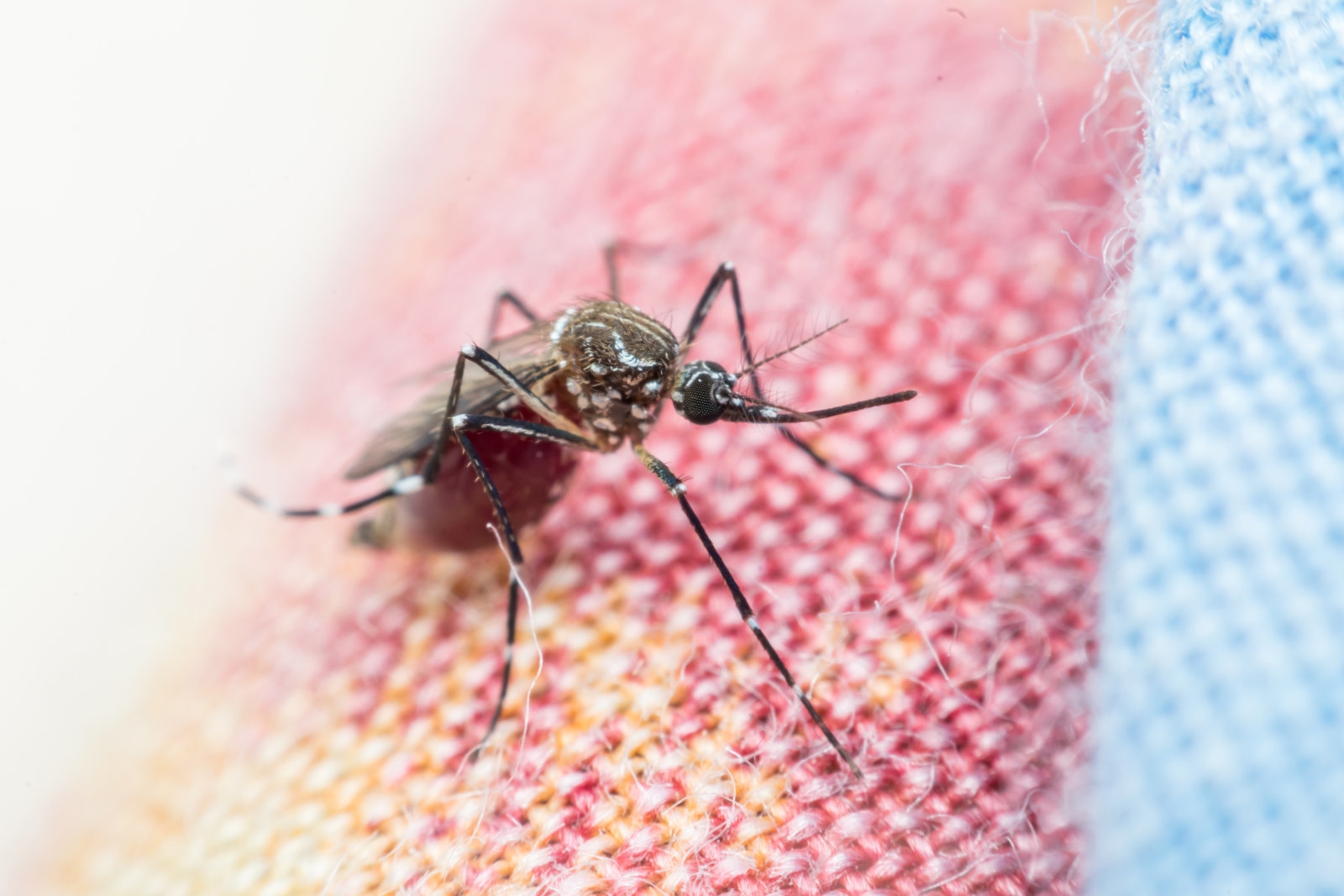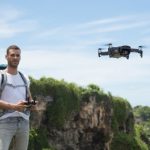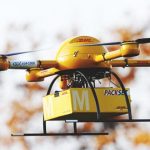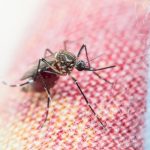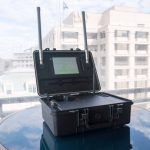Drones and smartphones help fight malaria in Tanzania
The fight against malaria has been improving, but there’s still lots more work to do. For one thing, anti-larval sprays are both expensive and time-consuming — you can’t always afford to spray an entire area. Thankfully, a mix of technology is making that mosquito battle more practical. Wales’ Aberystwyth University and Tanzania’s Zanzibar Malaria Elimination Programme have partnered on an initiative that uses drones to survey malaria hot zones and identify the water-laden areas where malaria-carrying mosquitoes are likely to breed.
An off-the-shelf drone (in this case, DJI’s Phantom 3) can cover a large rice paddy in 20 minutes, and the data can be processed in the space of an afternoon. You can discover and spray trouble zones within hours, preventing outbreaks from getting started. And there are expansion plans, too. The next step is to bring the drone imagery to smartphones to both guide the spraying teams and track their progress. Instead of having only a general idea of where to go, sprayers can make a beeline for affected areas and report back when they’re done.
It could be a while before drone-assisted spraying finds widespread use. There are concerns that drones may interfere with local wildlife and spark privacy concerns. The creators hope that familiarizing residents will make them more comfortable with the technology, though, and mindfulness could prevent clashes with the ecosystem. So long as that happens, it might be possible to virtually wipe out malaria in entire neighborhoods without having to spend a fortune or waste valuable hours.
(38)

